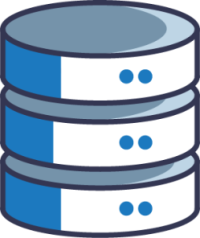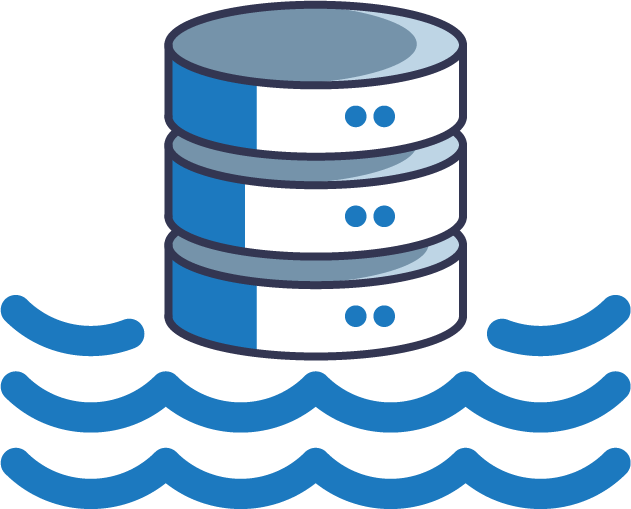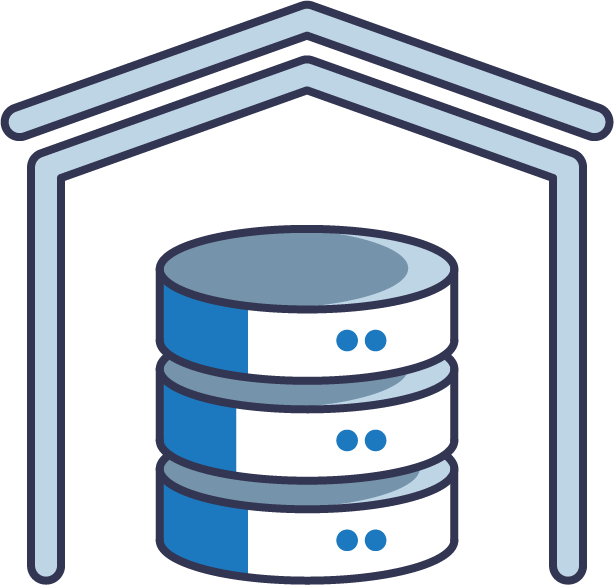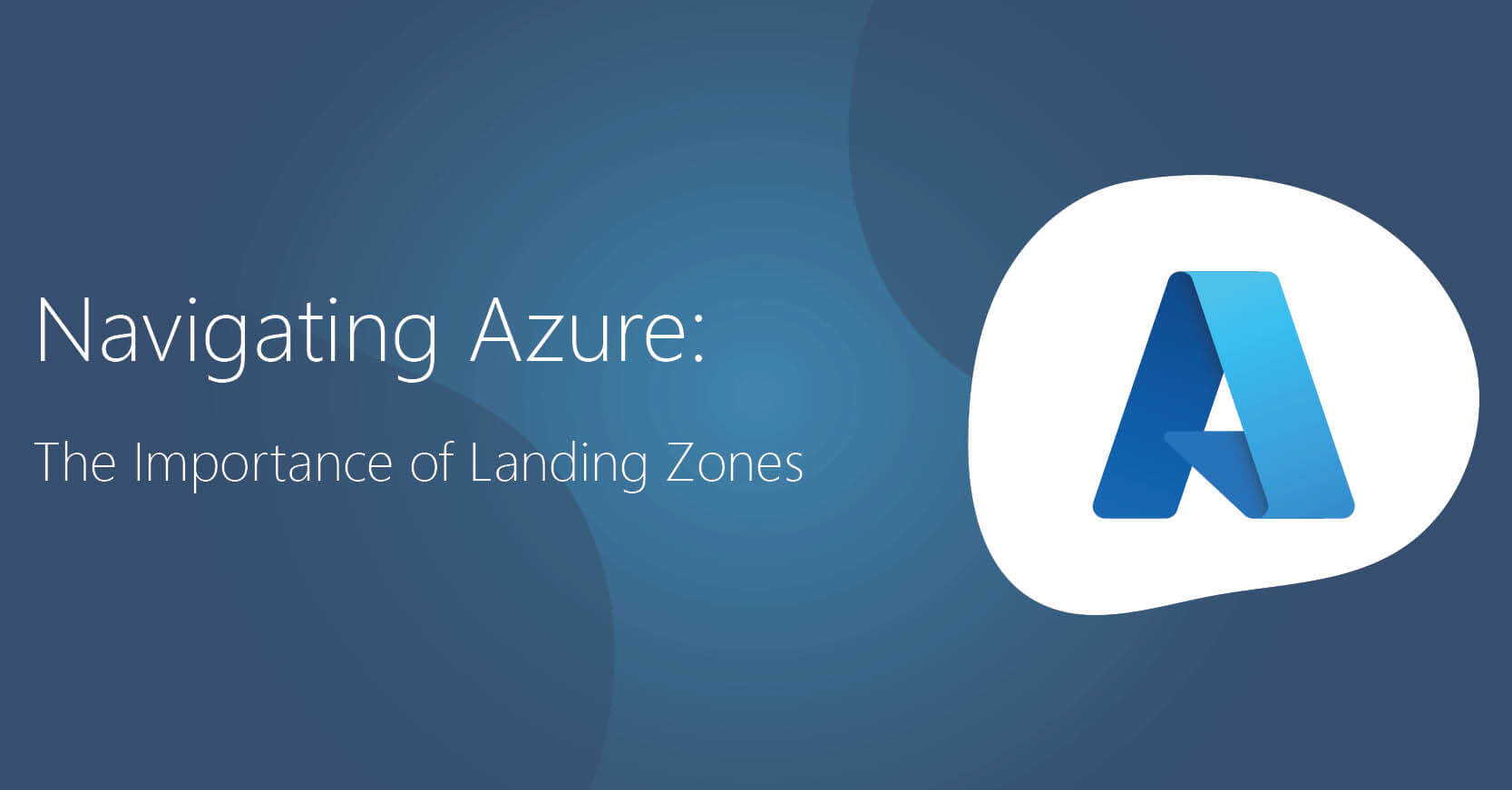
We are now well into the “big data” era, which has spanned over a decade, and it continues to expand exponentially, generating an unimaginable amount of data every day. This data can come from a variety of sources, such as customer interactions, online transactions, sensor readings and much, much more.
Growth is fuelled by the widespread adoption of cloud technology, advancements in data processing methods, and breakthroughs in artificial intelligence. As a result, our capabilities with big data in 2024 have surpassed anything we’ve seen before.
The amount of data produced and consumed worldwide is projected to reach 175 zettabytes by 2025, according to IDC (International Data Corporation). – (Source)
Today, big data has evolved into a valuable asset, akin to capital. Consider some of the largest tech companies globally; a significant portion of their value is derived from the data they possess. These companies constantly analyse their data to drive operational efficiencies and innovate new products and services. However, despite these advancements, many businesses have only scratched the surface of the immense potential that data holds.
Managing and making sense of your data can be a challenge. It’s important that you get data management right to make the most of your data and ensure its informing what you want it to. Failing to do so can result in wasted resources and missed opportunities.
Managing Data
When it comes to data management, businesses have a variety of options to choose from. Each solution has its own set of benefits and is best suited for different types of data and use cases.
In this article, we will explore the differences and benefits of databases, data lakes, and data warehouses.
Databases

What is a database? – a structured collection of data that is organised in a specific manner and is designed to be easily searchable and retrievable.
Examples include: MySQL, Oracle, and SQL Server.
They are typically used to store transactional data, such as customer information or sales data, and are optimised for fast reads and writes.
Databases are often used to support online applications and enable real-time transactions. They are also used to store and manage data that is constantly changing. This makes them ideal for storing data that needs to be updated and retrieved quickly, such as customer information or inventory levels. Additionally, databases offer many features like data integrity, data validation, and data constraints which ensures that the data is consistent and accurate.
Top 5 Benefits of Databases:
-
Data organisation: Databases provide a structured way to store and organise data, making it easy to find and retrieve specific information.
-
Data consistency: Databases enforce constraints and rules to maintain data integrity and consistency, ensuring that the data stored is accurate and reliable.
-
Performance: Databases use indexing and other techniques to optimise data retrieval and querying performance, making it faster to access and process large amounts of data.
-
Concurrent access: Databases provide concurrency control mechanisms that allow multiple users to access and update the data simultaneously, without conflicts.
-
Scalability: Databases can be scaled horizontally and vertically to accommodate the growing data storage and processing needs of a company and can be used by various applications and systems.
Data Lakes

What is a data lake? – An unstructured repository of data that can store any type of data in its raw format. Data lakes are designed to handle big data and are optimised for storing and processing large amounts of data in a cost-effective manner.
Examples include Amazon S3, Azure Data Lake Storage, and Hadoop Distributed File System (HDFS).
Data lakes provide a centralised repository where raw data can be stored at a low cost and with minimal effort. Data lakes store structured and unstructured data and can store vast amounts of data in their raw format. This makes them ideal for storing data that will be used for advanced analytics and machine learning. Data lakes provide a single source of truth for all the organisation’s data, making it easier for data scientists and analysts to access and process data. They also provide a cost-effective solution for storing large amounts of data. Data lakes are also highly scalable, making them well suited for big data and other high-volume data processing tasks.
Top 5 Benefits of Data Lakes:
-
Data Scalability: Data lakes allow companies to store and process large amounts of structured and unstructured data, enabling them to scale their data storage and processing capabilities as their data needs grow.
-
Cost Efficiency: Data lakes can be more cost-effective than traditional data warehousing solutions because they allow companies to store data in its raw form, rather than requiring expensive pre-processing and modelling.
-
Data Democratisation: Data lakes allow different departments and teams within a company to access and analyse data without needing to rely on IT or data science teams, enabling more data-driven decision-making across the organisation.
-
Flexibility: Data lakes support a wide variety of data types and formats and can be integrated with different data processing and analytics tools, making it easy for companies to adapt to changing business needs.
-
Improved Data Governance: Data lakes enable companies to establish data governance and security policies and procedures to ensure compliance with regulations and protect sensitive data.
Data Warehouses

What is a data warehouse? – a repository of data that is specifically designed for business intelligence and analytics. Data warehouses are optimised for fast querying and reporting, and typically store historical data that has been cleaned, transformed, and modelled for analysis.
Examples include Amazon Redshift, Google Big Query, and Microsoft SQL Server Analysis Services.
Data warehouses are used to store large amounts of historical data that has been cleaned, transformed, and modelled for analysis. This allows businesses to gain valuable insights into their operations and make data-driven decisions. Data warehouses are also optimised for fast querying and reporting, making them ideal for business intelligence and analytics tasks. Data warehouses also provide a single source of truth for all the organisation’s data, allowing different departments to access and analyse data easily.
Top 5 Benefits of Data Warehouses are:
-
Data integration: Data warehouses allow companies to integrate data from different sources and systems, providing a single, consolidated view of the data.
-
Data quality: Data warehouses typically include data cleansing, validation, and transformation capabilities, improving the quality of the data and making it more usable for analysis and reporting.
-
Performance: Data warehouses are optimised for reporting and analysis, and use indexing, partitioning and other techniques to enable faster querying and reporting of large amounts of data.
-
Security: Data warehouses provide advanced security features, such as encryption and role-based access controls, to protect sensitive data and comply with regulatory requirements.
-
Business Intelligence: Data warehouses provide the foundation for business intelligence and analytics, enabling companies to gain insights from their data and make data-driven decisions.
To understand which solution or set of solutions are best suited for you, you first must understand your own data needs and why businesses often need a combination of these solutions to create a data strategy. Quorum’s data experts can help you with this journey, no matter which stage you’re at.
It’s evident that in today’s data-driven landscape, businesses must navigate through various technologies to effectively manage and leverage their data assets. Databases, data lakes, and data warehouses each offer unique advantages and are tailored to different data types and analytics requirements.
With the advent of Microsoft Fabric, businesses can harness the power of native technologies to create data lakes and data warehouses seamlessly within the Fabric infrastructure. As specialists in Fabric, we can guide you in determining which technology aligns best with your needs and objectives. Whether it’s leveraging the scalability of data lakes or the analytical prowess of data warehouses, our expertise ensures that you will unlock the full potential of your data assets.
To learn more about Microsoft Fabric click here to read Data and AI Director James Frost‘s in-depth article titled “Microsoft Fabric: A New Era in Data Solutions”.
Or if you’d like to discuss your requirements, get in touch and we’ll help you find your way to the correct solution.
Articles
AWARDS & RECOGNITION

FOLLOW US
CONTACT INFO
Quorum Network Resources Ltd
18 Greenside Lane Edinburgh
UK EH1 3AH
Phone: +44 131 652 3954
Email: marketing@quorum.co.uk
CONTACT INFO
Quorum Network Resources Ltd
18 Greenside Lane Edinburgh
UK EH1 3AH
Phone: +44 131 652 3954
Email: marketing@quorum.co.uk
FOLLOW US
AWARDS & RECOGNITION





